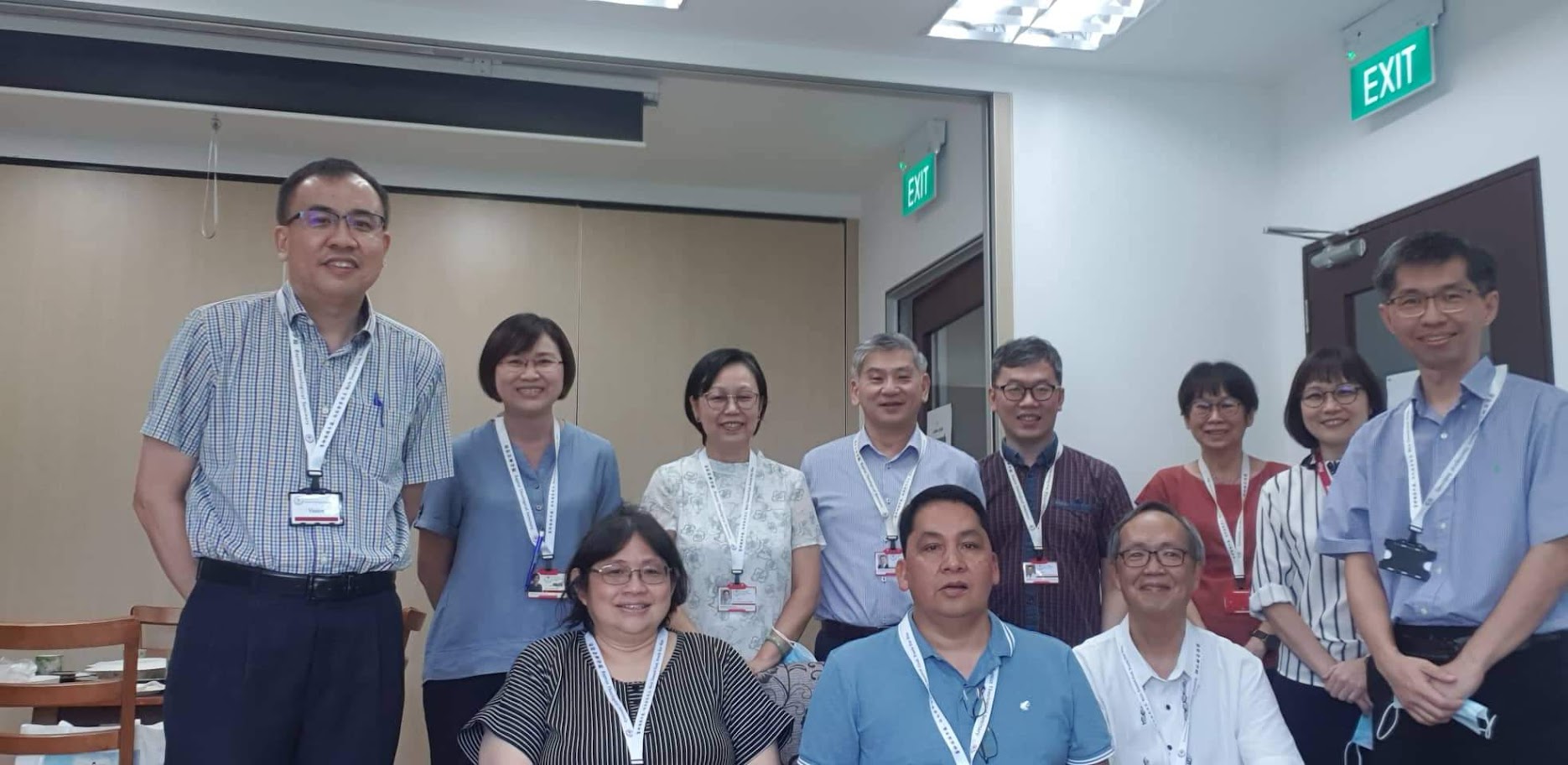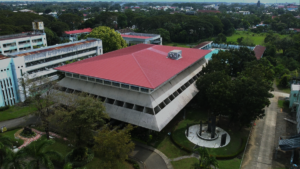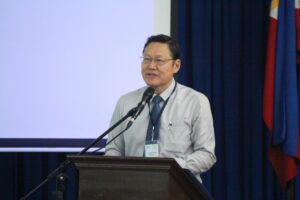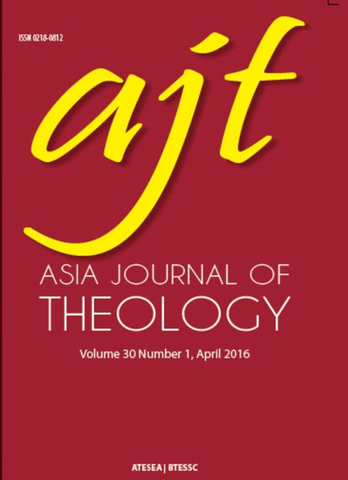Gauging Sustainability of Theological Education
What is sustainability in relation to theological education? I asked that question to a faculty of a seminary. Her answer was, “Sustainability means God will provide.”
Her simplistic answer partly reflects the understanding of sustainability defined by the Brundtland Report of the World Commission on Environment and Development of the United Nations. The commission defines sustainability as “meet[ing] the needs of the present without compromising the ability of future generations to meet their own needs.”
Since the Brundtland Report in the 90’s, the discourses on sustainability have been connected with social, economic and environment concerns. They emphasized the role of education in the re-orientation of the people’s mindset and lifestyles. As part of the educational response, the language of sustainability includes “education for sustainable living,” “education for sustainability,” and “education for sustainable development,” among others.
The effects of the Global 2008 Financial Crisis were unprecedented. In fact, many seminary institutions, particularly in the West, still continue to bear the brunt of the economic downturn after a decade. “How do we determine the sustainability of theological education?” and “What are the indicators that theological education has a future?” are among the critical considerations in addressing the current challenges, prospects and hopes of theological schools.
First, one indicator of a strong seminary education is sustained significant number of enrollment in relation to the capacity of the institution to handle. In Asia, the good number of students entering the seminaries has many contributory factors. Among them include quality faculty and instructions, recruitment strategies and scholarship programs. Some students coming from the denominational seminaries enjoy the privilege of receiving scholarship assistance from their denominations for their theological studies.
The second indicator is the productive relationship between the seminary and the churches. Generally, the seminary operations in Asian seminaries based on tuition are less than 25% of the revenues. It is noted that the income from tuition and fees cannot support the total operation of the seminary. Fortunately, the churches provide the buffer funds for the budgetary requirements of the theological institutions. While this kind of partnerships is healthy, seminaries think that establishing endowment funds will be more strategic for a long term financial sustainability.
The third indicator is that embedded theological schools benefited a lot from their location and status in the university. Seminaries attached to denominational universities and colleges have a higher percentage of survival compared to free standing seminaries. Financially, administrative and operational costs are automatically taken cared of by the university or college. Academically, seminary faculty have the privilege to engage in the religio-moral and ethical formation of education of the academic community. Instruction wise, the curriculum and the academic degree offerings may encounter a limited space for flexibility due to government educational policies for higher education. However, embedded theological schools still get institutional support.
Fourth, sustainability is also associated with robust educational programs. Educational programs are strong not only in the quality of faculty, but also in their relevance to the context. In the ATESEA family, emphases on the contextuality and inter-contextuality of seminary education matter most. While western scholarship is valuable, Hebrew-Christian traditions should find their correlation with the local wisdom, culture and lived historical experiences.
In consideration of the economic challenges that many seminaries are struggling with in Asia, vocational/technical courses are integrated in the curricula. One philosophical reason for this innovative approach is the emphasis it lays on the inter-connection of nature’s ecosystem and theology. The other reason is missional. The students’ theoretical and practical knowledge of ecology provides them the opportunity to engage with the rural communities in dealing with the deepening global environmental problems and other practical and educational issues related to conservation and sustainability of natural resources to improve life’s quality.
Lastly, recognizing the high cost of education and the scarcity of resources, seminaries have forged cooperation with their neighbors. Among the concrete initiatives taken by some schools include the sharing of library resources and the offering of special academic programs on the graduate level through a consortium.
Sustainability is not always a “God will provide” kind of faith. The challenges surrounding the future of the seminaries are complex and their implications to theological education call for some degrees of creativity and innovations. That sustainability in education as the canon of a strong seminary is for theological educators and administrators, no doubt, the primary test of able leadership and academic quality.
(This is a revised and abridged version of the text originally presented at the Global Forum for Theological Educators on May 21, 2019 in Crete, Greece.)













